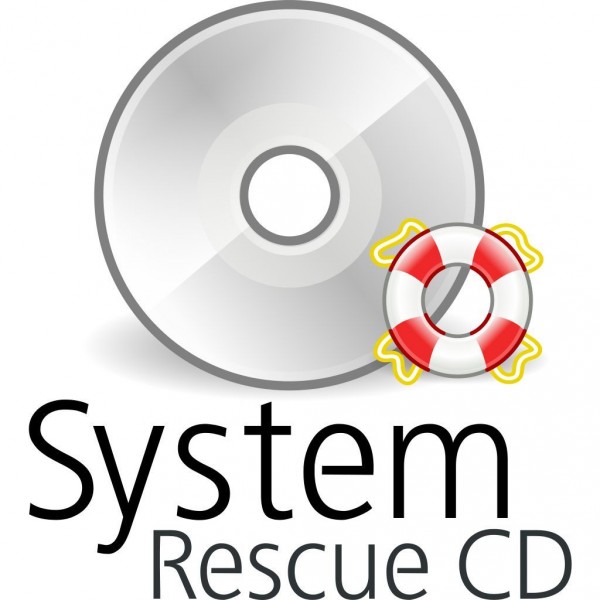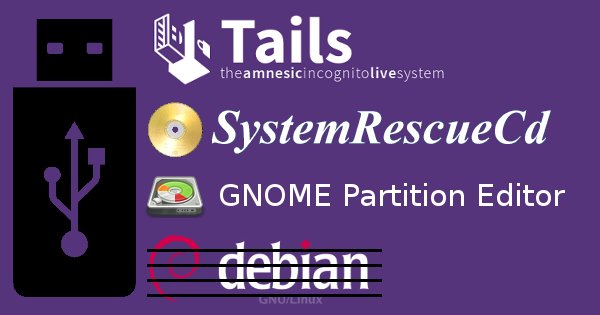
- Systemrescuecd how big for usb stick professional#
- Systemrescuecd how big for usb stick download#
- Systemrescuecd how big for usb stick free#
If you set ‘r=-1’, the utility will make infinite attempts. -r3 Tells ddrescue to keep retrying damaged areas until 3 passes have been completed.Some other useful command options for the process include: Without a logfile, you can’t make additional passes on areas of your disk with bad sectors. /root/recovery.log This creates a logfile, which is essential if you’re performing multiple passes.Fill this in with either the name of the good drive or the image file name of your choice. /dev/ or /root/.img Identifies the destination drive or image file where the data will be cloned.Fill this in with the name of your bad drive. /dev/ Identifies the source drive that will be copied.This option prevents ddrescue from running through the scraping phase, essentially preventing the utility from spending too much time attempting to recreate heavily damaged areas of a file. -f Force ddrescue to run even if the destination file already exists (this is required when writing to a disk).

Here’s an explanation of each of these components: Forcing a malfunctioning drive to read damaged areas without first repairing it can cause further damage, resulting in irreversible data loss.
Systemrescuecd how big for usb stick professional#
We recommend against using the –rN component, as damaged drives should be fully diagnosed by a professional to insure no further damage will occur by forcing it to read damaged areas. Note: Many ddrescue tutorials recommend using the –rN component (which will cause it to try N times to rescue the block) in a second cloning pass in order to force the drive to read damaged/unreadable sectors. Root# ddrescue -f -n /dev/ /root/.img /root/recovery.log Root# ddrescue -f -n /dev/ /dev/ /root/recovery.log Run the utility with the command switches/options included below in order to get a clone of the drive as safely as possible. With SystemRescueCD, you can output a list of devices by typing fdisk -1 at the root prompt. To run ddrescue, use the following format for commands:ĭdrescue infile outfile Of these options, we’d recommend using the SystemRescueCD, since it provides for a fairly simple hard disk cloning process with ddrescue.
Systemrescuecd how big for usb stick download#
You can download the latest version of ddrescue here, or click here to download SystemRescueCD, a system rescue disk for Linux that can be used as a bootable USB stick or CD.

Cloning Hard Drives with ddrescueīefore starting this process, you will need a copy of ddrescue (preferably on a CD or DVD), a fully functional hard drive, and the damaged drive.

Likewise, you should not use this utility if you are at all confused by the command parameters discussed below.

This guide will explain how the utility works and how different commands can affect the tool’s functionality.ĭdrescue should not be used on hard drives that make excessive sounds or that show any other signs of permanent damage. There are risks to consider - see the last section of this article for some important precautions - and it is no substitute for professional data recovery services, but it is an effective option for restoring low-priority data from a failing hard disk. It is extremely efficient, and because it doesn’t truncate files or write zeroes to its output file, it can be run successively to fill in bad sectors that were missed in earlier passes.
Systemrescuecd how big for usb stick free#
Ddrescue is frequently recommended for hard drive cloning, as it is a powerful, free data recovery utility and included by default in many Linux distributions.


 0 kommentar(er)
0 kommentar(er)
